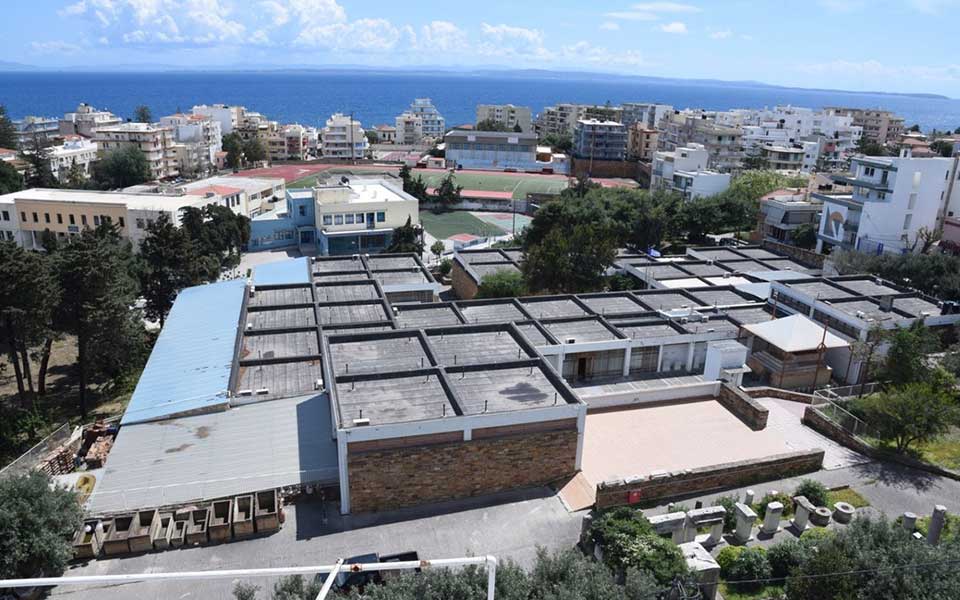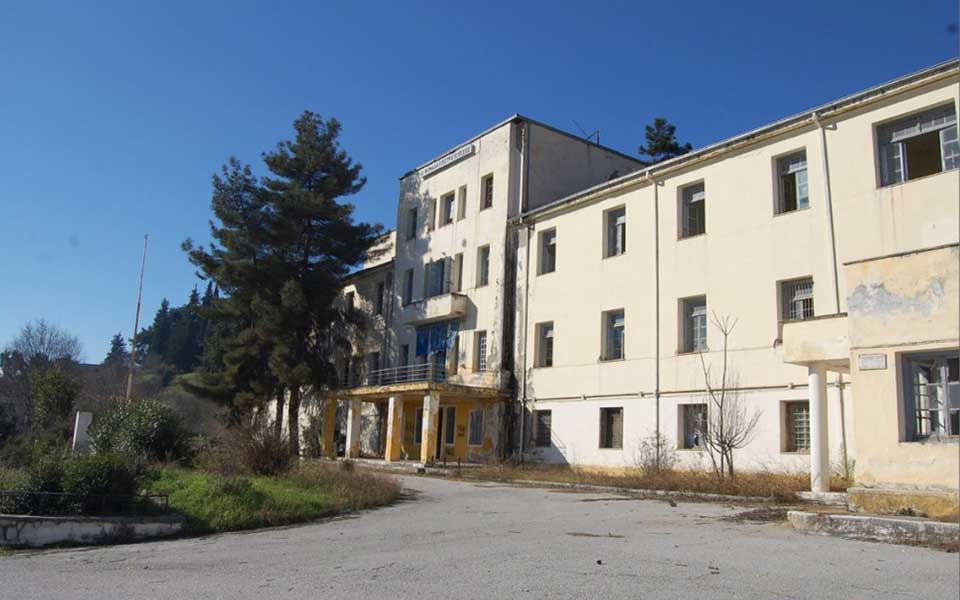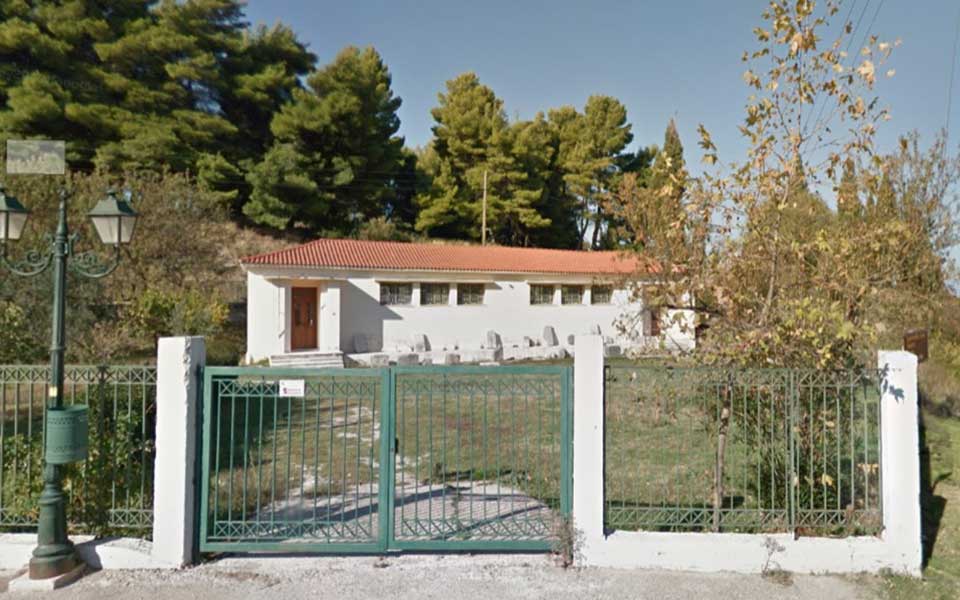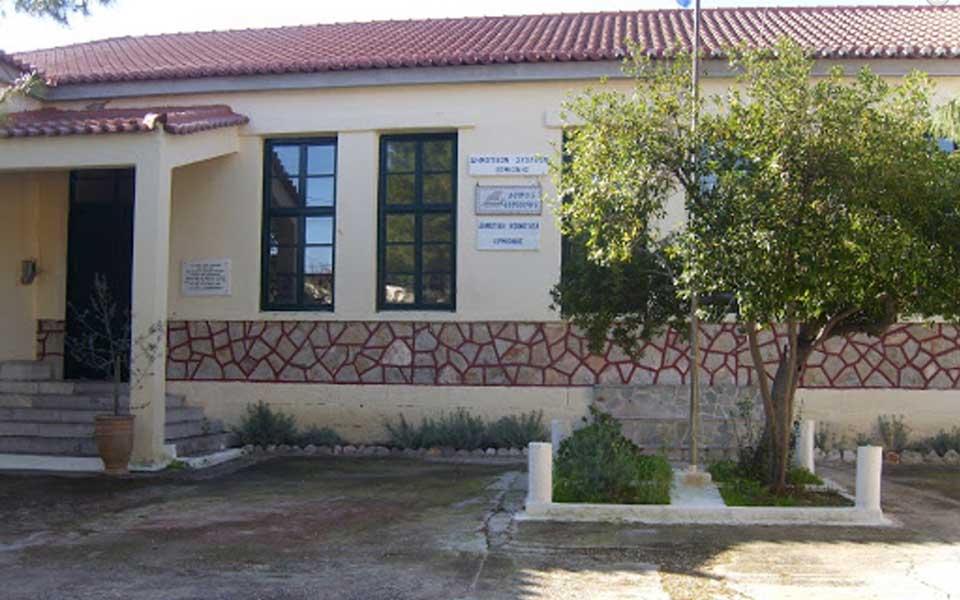The Council of Museums, part of the Greek Ministry of Culture, has recently approved plans for five new or upgraded museums in locations across Greece, further enriching an already extensive network of museums in the country.
Chios, Trikala, Sparta, Thyrreio and Ermioni will acquire new or upgraded archeological museums to house finds from regional excavations or artifacts already in long-term storage, hitherto unseen by the public.
Welcoming the decision, Culture Minister Lina Mendoni said: “Museums are not just places for exhibiting treasures that come to light from the unique cultural stock of each region of our country. They are centers of education and the creation of culture, places of study for the promotion of our history, benefitting both locals and visitors alike.”
One of the primary aims of the Ministry of Culture and Sports is the continual advancement of the country’s museum program, including the creation of new museums and the systematic upgrade of existing ones.
Regional museums in Greece operate at the vanguard of public outreach for the cultural heritage sector. Their exhibitions give insight into the unique cultural physiognomy of their respective region, and shine a light on the valuable work of archaeologists, conservators and museum curators.

© Hellenic Ministry of Culture and Sports
Archaeological Museum of Chios
Built between 1966 and 1971, the plans for the Archaeological Museum of Chios won First Prize in the Panhellenic Architectural Competition in 1965. At the time it was considered an innovative design, featuring inner courtyards, expansive open spaces, and independent entrances to both the exhibition galleries and conservation laboratories.
Over time, the three-story building underwent a series of interventions that altered its original design, including the use of false ceilings, makeshift metal roofs and sealed windows, creating a more enclosed space.
The planned upgrade will include a major expansion of the exhibition and storage spaces, restoring the building to its former aesthetic, as well as installing the necessary features to ensure full access for disabled visitors.
New exhibition spaces will house artifacts from archaeological excavations carried out across the island, spanning from the Neolithic to the Roman era. The expansion will also house new storage spaces, multi-purpose facilities for the study and conservation of archaeological artifacts, as well as further space for temporary exhibitions.

© Hellenic Ministry of Culture and Sports
Diachronic Museum of Trikala
Located in the heart of northwest Thessaly, Trikala is home to some of the oldest archaeological sites in Greece, inlcuding the famous Theopetra Cave, first inhabited by Neanderthals some 50,000 years ago.
The new museum is part of an extensive regeneration program to transform the former Poulios Camp, a large Hellenic Army base, into a dedicated museum cluster, comprised of an interactive technology museum and an archaeological museum.
The building that will serve as the Diachronic Museum is the former headquarters of the Army’s A Corps and Support Division, consisting of an elongated wing with a ground floor and three levels of 1,000 square meters. The Ephorate of Antiquities of Trikala plans to develop exhibitions on the history and archaeology of the city and surrounding region from earliest prehistory to modern times.
Old Archaeological Museum of Sparta
Founded in 1875, the Archaeological Museum of Sparta has the distinction of being the first museum institution in Greece outside of Athens. Housed in a neoclassical building, the initial exhibition comprised 288 artifacts collected by the then Curator of Antiquities Panagiotis Stamatakis, gradually expanding as excavations in the local region continued into the early 20th century.
The small museum spans seven rooms over a total area of 500 square meters. The collection includes thousands of artifacts from the ancient Acropolis of Sparta and the wider municipality of Laconia, spanning in time from the Neolithic to Late Roman times.
The building and surrounding gardens have since been designated a historical monument in their own right, but, poor upkeep and Sparta’s year-round humidity have forced curators to place the majority of the museum’s priceless artifacts into long-term storage.
The Ministry of Culture have approved plans to construct a new museum and carry out a total upgrade of the existing museum, including a major underground extension. The initiative included significant funding and promotion from the Stavros Niarchos Foundation, a long-term supporter of cultural heritage projects in Greece.

© Hellenic Ministry of Culture and Sports
Archaeological Museum of Thyrreio
The existing Archaeological Museum of Thyrreio is one of only three museums in the mountainous Aetolia-Acarnania region of western Greece.
Built between 1961 to 1963, the museum consists of eight areas totaling a mere 200 square meters. According to the new proposal, the Ephorate of Antiquities of Aetolia-Acarnania and Lefkada plans to double the size of the building and create an underground extension in order to expose a section of the excavations of ancient Thyrreio (in similar fashion to the Acropolis Museum in Athens and the underground Makrigiannis plot).
Ancient Thyrreio formed part of the Aetolian League, a confederation of tribal communities and city-states established in the 4th century BC. Among the finds from the excavations near the current museum include inscriptions detailing the alliance between the Aetolians and the Roman Republic in 212 BC.

© Hellenic Ministry of Culture and Sports
Archaeological Museum of Ermioni
The port town of Ermioni in the southeastern part of the Argolid boasts a long and uninterrupted historical presence from at the Early Iron Age to today. Famed in Classical antiquity for its shipbuilding and the production of red dye, the settlement was home to major temples and religious festivals dedicated to the worship of Hestia, goddess of the hearth, and one of the twelve Olympians.
The new proposal for a museum will utilize an existing building in the town, which previously functioned as a Primary School from 1932 to 1999, and then as the City Hall to 2010. Since then it has housed the Municipal Unit of Ermioni, inlcuding the local citizen service center (KEP).
Located near an early Christian basilica of the 4th century, the new museum, covering a total area of 383 square meters, will display selected ancient artifacts highlighting the long history of the city. It will also function as the starting point of a new cultural route that takes visitors around Ermioni and the wider Argolid region.












